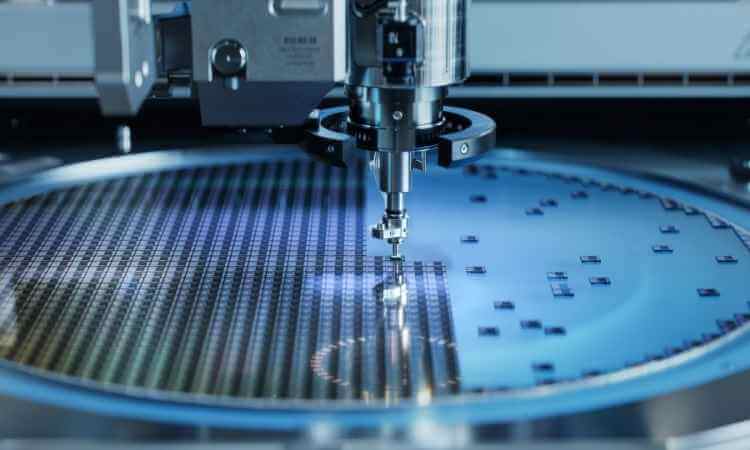Five Key Trends for Automotive in 2025
The automotive industry, long defined by steady evolution, is now facing an era of accelerated change. The tumultuous events of 2024, marked by leadership shakeups at carmakers and challenges for semiconductor suppliers, have underscored the importance of understanding the forces reshaping the sector. With rising semiconductor content per vehicle failing to offset declining demand, the stakes have never been higher.
TechInsights has identified five key trends that will define the automotive electronics landscape in 2025 and beyond. These insights are essential for industry stakeholders navigating this rapidly shifting terrain.
Top 5 Automotive Trends for 2025
Trend #1: China Will Drive Vehicle Architecture Change
China continues to assert its dominance in shaping global automotive trends. As the epicenter of innovation in vehicle architecture, the country's influence is reshaping how cars are designed and built worldwide.
Trend #2: Battery Electric Vehicle Volumes Will Grow
The transition to sustainable mobility is gaining momentum. Battery electric vehicles (BEVs) are poised for significant growth, driven by stricter environmental regulations and consumer demand for greener alternatives.
Trend #3: Level 2 Automated Driving Becomes Mainstream
The adoption of Level 2 automated driving systems, offering features like lane centering and adaptive cruise control, is reaching a tipping point. These systems are becoming standard in vehicles across price ranges.
Trend #4: Artificial Intelligence Impacts the Cockpit
AI technologies are transforming in-vehicle experiences. From voice assistants to advanced driver monitoring systems, AI is making the cockpit smarter, safer, and more personalized.
Trend #5: Inventory Impacts will Start to Subside
The supply chain disruptions that defined the past few years are easing. As inventory levels stabilize, manufacturers and suppliers can refocus on innovation and strategic planning.
2025: Defining Your Strategy for Success
The software-defined vehicle (SDV) depends on centralized vehicle architecture, which also enables simpler designs, lighter vehicles, and cost reductions. While SDVs have become a buzzword, architecture change remains the core innovation, led by Chinese OEMs driving both this shift and BEV growth. For suppliers, focusing on China is crucial for long-term growth, despite challenges like political tensions and rising local competition. Success in 2025 will require adapting to architectural trends, leveraging opportunities in China, and navigating a tightening supply chain, where certain components will remain scarce, limiting pricing leverage and cost-saving opportunities.

















